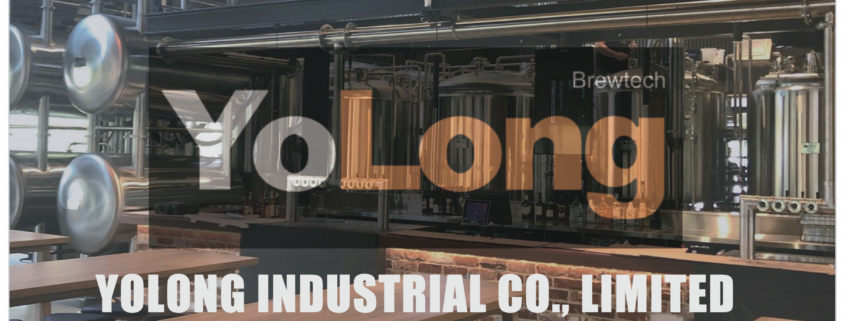Micro Brewing Equipment Guide
What Is Micro Brewing Equipment?
Micro brewing equipment refers to the machinery and tools used to produce craft beer in small batches. Unlike industrial-scale brewing systems, micro brewing equipment is tailored for craft brewers, offering flexibility, customization, and precision. It typically includes components such as brew kettles, fermenters, chillers, and packaging machines—all scaled down to suit smaller production needs.
Think of it as the difference between cooking dinner at home versus running a full-scale restaurant kitchen. It’s all about maintaining quality and control while working with manageable quantities.
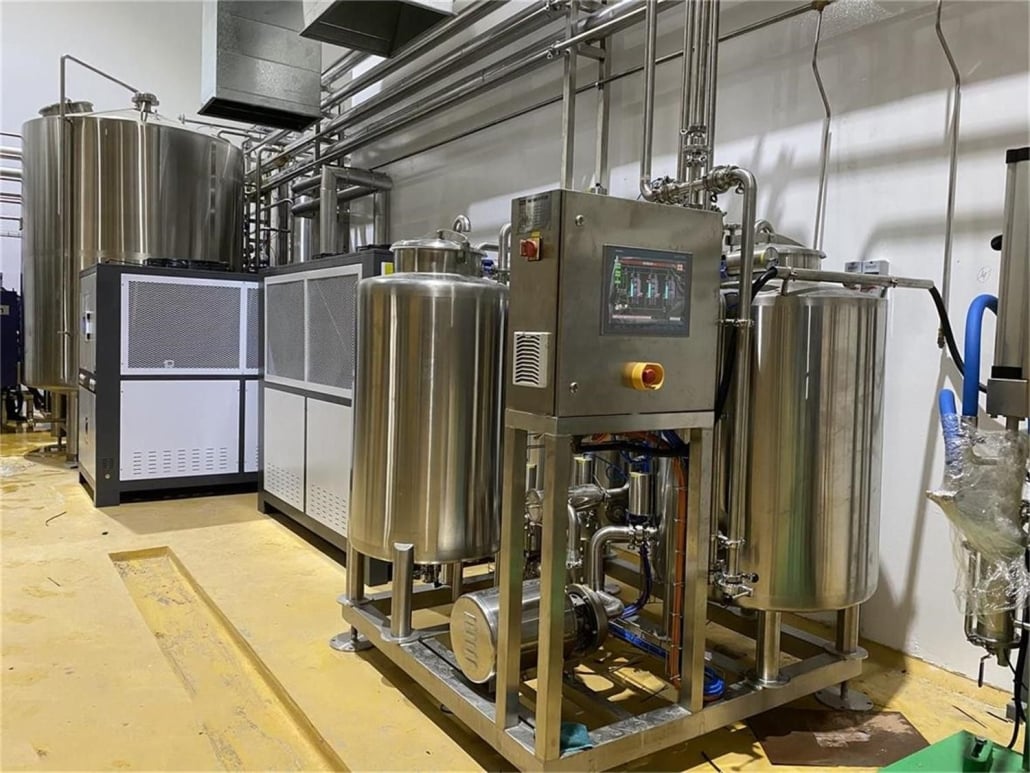
Troubleshooting Common Issues with Micro Brewing Equipment
Even the best brewing systems can hit a snag now and then. But don’t worry—most issues can be tackled with a bit of knowledge and some elbow grease. Here’s a breakdown of common problems and how to fix them.
1. Temperature Control Woes
Ever tried brewing without precise temperature control? It’s like trying to bake a cake without setting the oven right. If your equipment isn’t holding temperature, it could be due to faulty sensors, poor insulation, or calibration issues. Regular maintenance checks and upgrading to digital controls can help keep things steady.
2. Inconsistent Fermentation
Inconsistent fermentation can ruin the flavor of your beer faster than you can say “skunky brew.” This might result from inadequate sanitation, fluctuating temperatures, or uneven yeast distribution. Always sanitize your fermenters thoroughly and monitor yeast health for the best results.
3. Clogged Lines or Pumps
Clogged lines can slow down your brewing process and lead to frustration. This often happens when leftover grains or hops accumulate in the system. A good cleaning schedule and a reliable filtration system can save the day.
4. Leaks in the System
Leaks aren’t just annoying—they’re costly. They can result from loose fittings, worn gaskets, or poor-quality materials. Regular inspections and investing in high-grade equipment can minimize these risks.
The Brewing Process: From Grain to Glass
Understanding the brewing process is key to choosing the right equipment. Let’s break it down step-by-step.
Step 1: Milling and Mashing
The journey starts with milling the grains to release fermentable sugars. The milled grains are then mixed with hot water in a mash tun to convert starches into sugars.
Step 2: Lautering
Next comes lautering, where the sweet liquid (wort) is separated from the grain husks. A well-designed lauter tun is crucial for efficiency and clarity.
Step 3: Boiling
The wort is boiled in a brew kettle, and hops are added for bitterness, flavor, and aroma. Precision is key here—overboiling can lead to unwanted flavors.
Step 4: Cooling and Fermentation
After boiling, the wort is rapidly cooled and transferred to fermenters. This is where yeast does its magic, converting sugars into alcohol and CO2.
Step 5: Conditioning and Packaging
Finally, the beer is conditioned, filtered, and packaged. This step requires precision equipment for bottling or kegging.
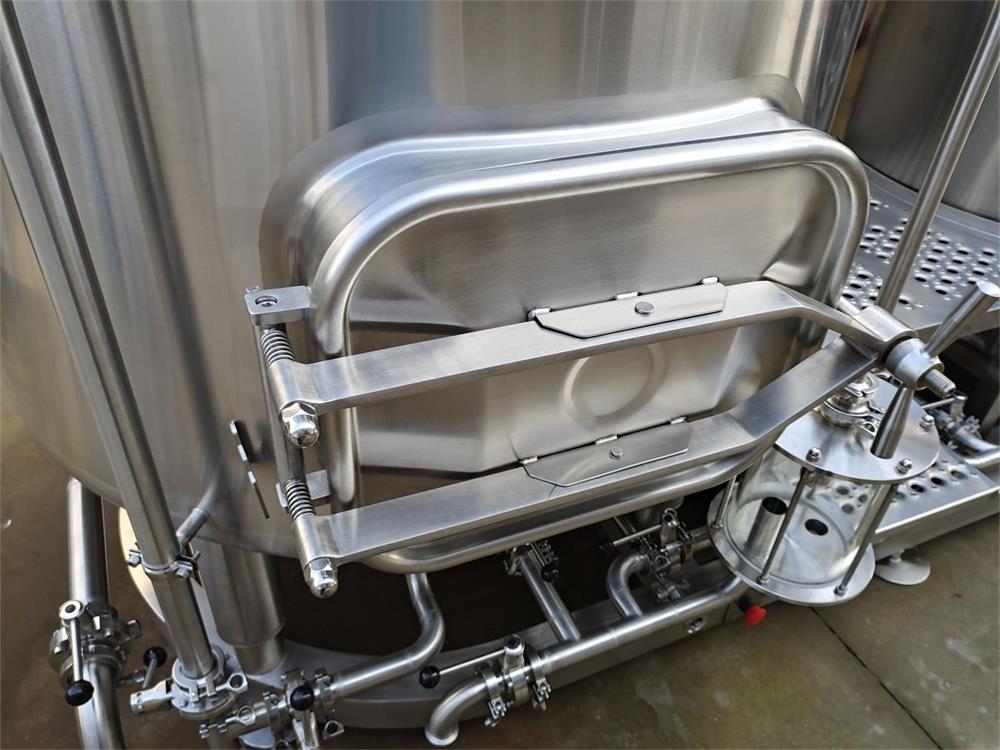
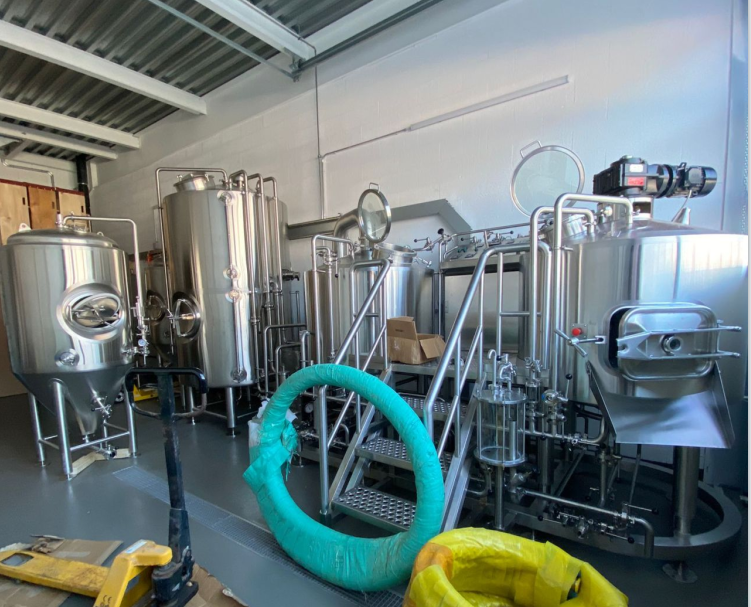

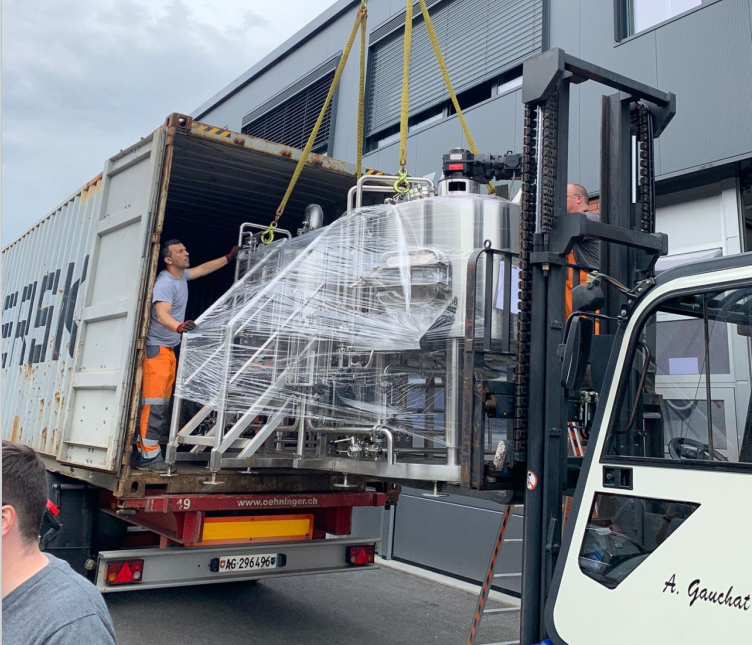

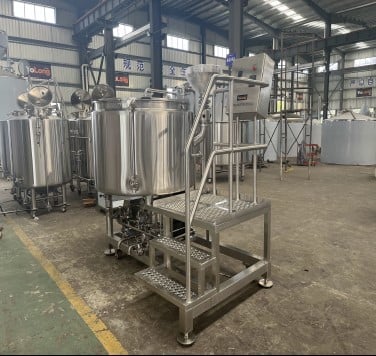
Comparing Micro Brewing Equipment Based on Key Features
Capacity, Space Requirements, and Customization Options
| Feature | Details |
|---|---|
| Capacity | Ranges from 1-barrel systems (perfect for small-scale brewers) to 30-barrel setups for larger operations. |
| Space Requirements | Compact designs are ideal for small spaces, with options for vertical tanks to save room. |
| Customization | Many manufacturers offer customizable systems to fit unique brewing styles and recipes. |
Top Suppliers and Price Ranges for Micro Brewing Equipment
| Supplier | Price Range | Special Features |
|---|---|---|
| Blichmann Engineering | $10,000 – $50,000 | Known for high-quality, scalable systems. |
| Ss Brewtech | $5,000 – $40,000 | Innovative designs with digital controls. |
| BrauKon | $50,000+ | Premium systems with full automation. |
Installation, Operation, and Maintenance
| Aspect | Details |
|---|---|
| Installation | Professional setup recommended to ensure proper alignment and calibration. |
| Operation | User-friendly controls with detailed training offered by most suppliers. |
| Maintenance | Regular cleaning schedules, gasket replacements, and sensor calibrations are a must. |
How to Choose the Right Supplier
| Criteria | Details |
|---|---|
| Reputation | Look for suppliers with excellent reviews and industry experience. |
| Customization Options | Ensure they can adapt systems to your brewing style. |
| Support Services | Opt for suppliers offering installation, training, and maintenance support. |
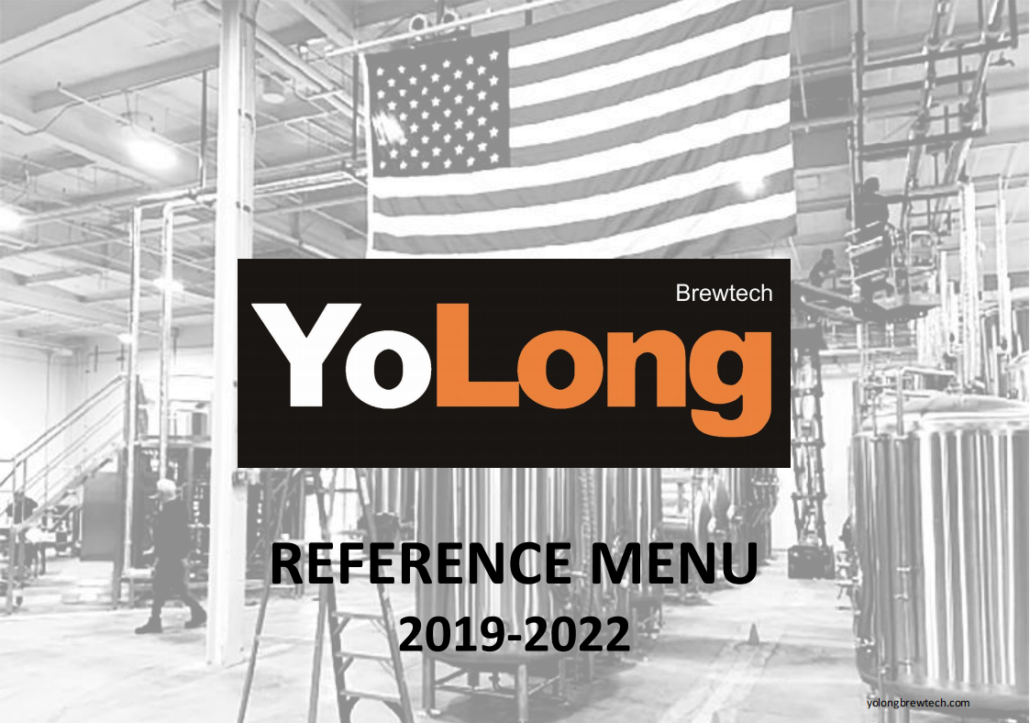
Pros and Cons of Micro Brewing Equipment
| Aspect | Advantages | Limitations |
|---|---|---|
| Cost | Affordable entry points for small brewers. | High-end systems can be expensive. |
| Flexibility | Allows for creative and unique beer recipes. | Limited batch sizes compared to industrial setups. |
| Scalability | Easy to scale up as your brewery grows. | Scaling requires additional investment. |
FAQs
| Question | Answer |
|---|---|
| What is the cost of setting up a microbrewery? | Costs range from $50,000 to $1 million, depending on scale and equipment. |
| How much space is needed for a microbrewery? | A small setup can fit in 500 sq. ft., but larger systems may require 2,000 sq. ft. or more. |
| Is professional installation necessary? | Yes, it ensures proper setup and prevents costly errors. |

